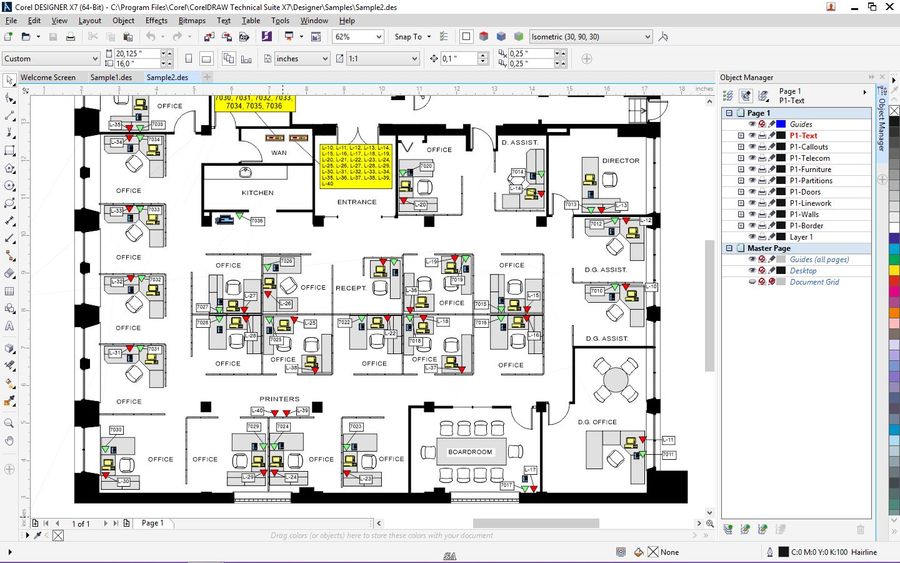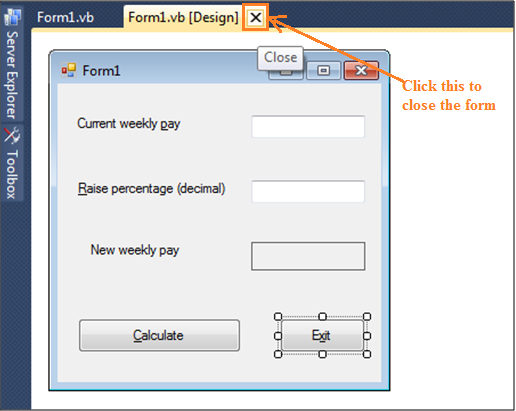
However, as you may expect, VBA is different from regular human languages. In order to be able to automate tasks in Excel and unleash its power, you must learn VBA. In other words, Visual Basic for Applications is the language that allows you and me to communicate instructions to Excel.

More particularly, you communicate instructions to the computer. You use a programming language, such as VBA, to communicate with a computer. Programming languages are slightly different in that you generally don't use them to communicate with a human being. A language has several functions but, for purposes of this Excel VBA tutorial for beginners, I focus on one aspect: Communication. You can think of a programming language just as you would think of pretty much any other language: English, Spanish, German, French, Italian, Portuguese, Hindi, Mandarin Chinese, Korean, etc. VBA is a programming language which was developed by Microsoft and is included in most products that are part of Microsoft Office. This brings me to the first question I cover in this Excel VBA tutorial for beginners… What Is VBA?Īs you may already know, VBA stands for Visual Basic for Applications. VBA is indeed a different language and, after some time, I realized is not that hard to learn.

To make a long story short…Visual Basic for Applications still seemed to me like a completely different language. Before learning VBA, I studied and worked in 2 careers that are infamous for using specialized jargon that is completely incomprehensible to outsiders: law and finance. If some (or all) of the terms above sound completely strange to you, don't worry.
MICROSOFT VISUAL BASIC FOR APPLICATIONS CORE FREE
You can get immediate free access to these example workbooks by clicking the button below.

This Excel VBA Tutorial for Beginners is accompanied by Excel workbooks containing the data and macros I use in the examples below.

That is a great sign that you're on a good way to learning macros and Visual Basic for Applications (VBA).īeing able to create a basic macro in Excel is only the beginning in the process to become a really efficient and productive user of macros and VBA. By now, your colleagues are already looking at you like you're a wizard. So you've created your first (or your first few) Excel macro(s), perhaps by following these 7 easy steps to create a macro.


 0 kommentar(er)
0 kommentar(er)
